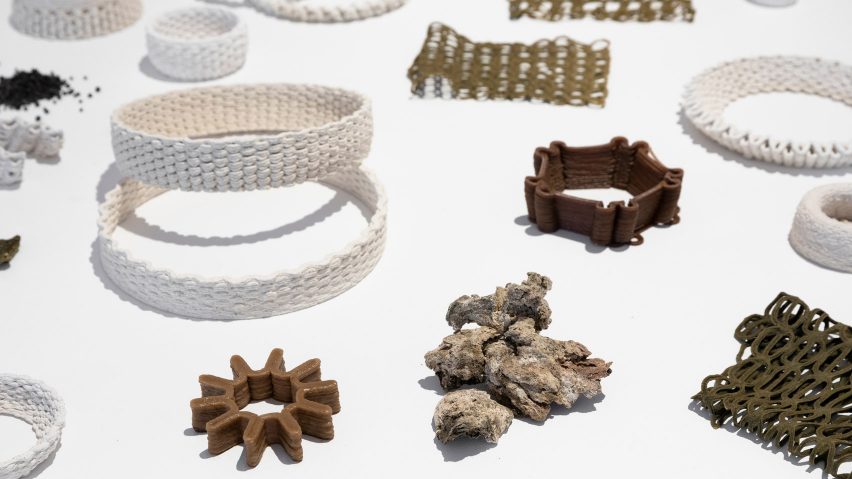
Sydney Design Week has a "clear-eyed view of the work ahead of us" says curator Keinton Butler
This year's Sydney Design Week is informed by the work of a late French philosopher, creative director Keinton Butler tells Dezeen in this interview.
Butler, who is also a senior curator of design and architecture at the Powerhouse Museum, spoke to Dezeen ahead of the design week to explain her curatorial approach for this year's programme.
This year's edition of Sydney Design Week takes place from 15 to 24 September, featuring more than 60 events including tours, workshops and public architecture presented across the city.
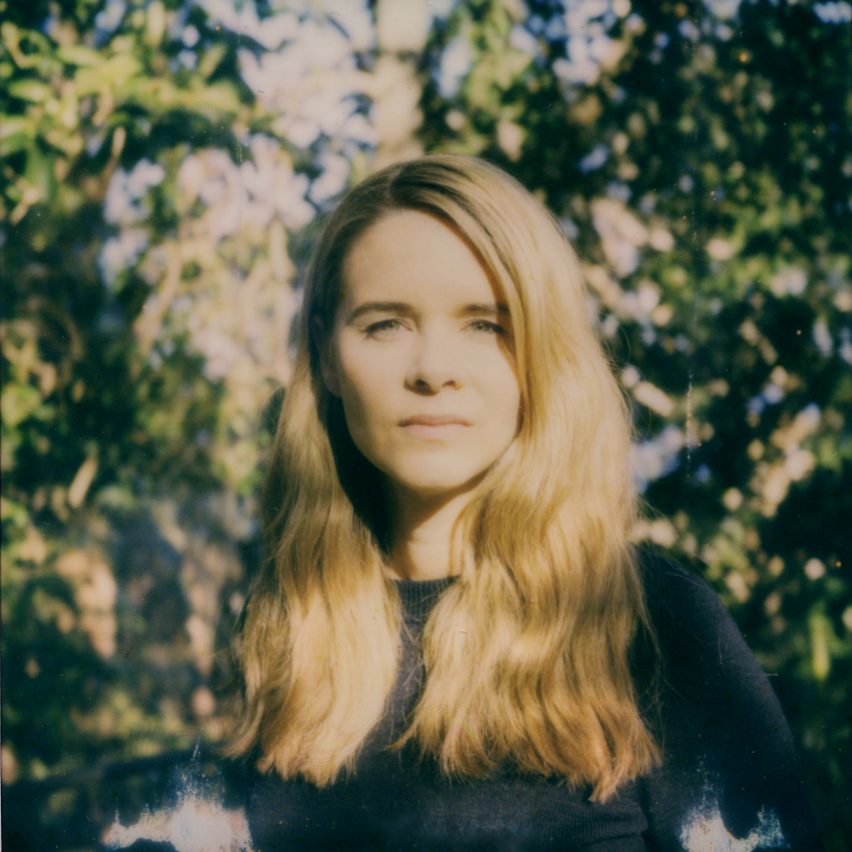
Under the title of Amodern, the programme will delve into six themes exploring the cultural and environmental challenges facing architects and designers.
Butler explained that the theme of this year's programme is a direct response to the work of French philosopher and anthropologist Bruno Latour, who died at the end of 2022.
Design week title a "provocation to rethink"
"It was around the time that I was starting to shape the design week programme," she said.
"I was revisiting some of Latour's prolific work — which pre-empted many of the important discussions that designers and architects are engaged in today around building stronger connections between society, culture and our natural and built environment."
"The title is a kind of provocation to rethink entrenched 20th century narratives and to establish new ways of thinking."
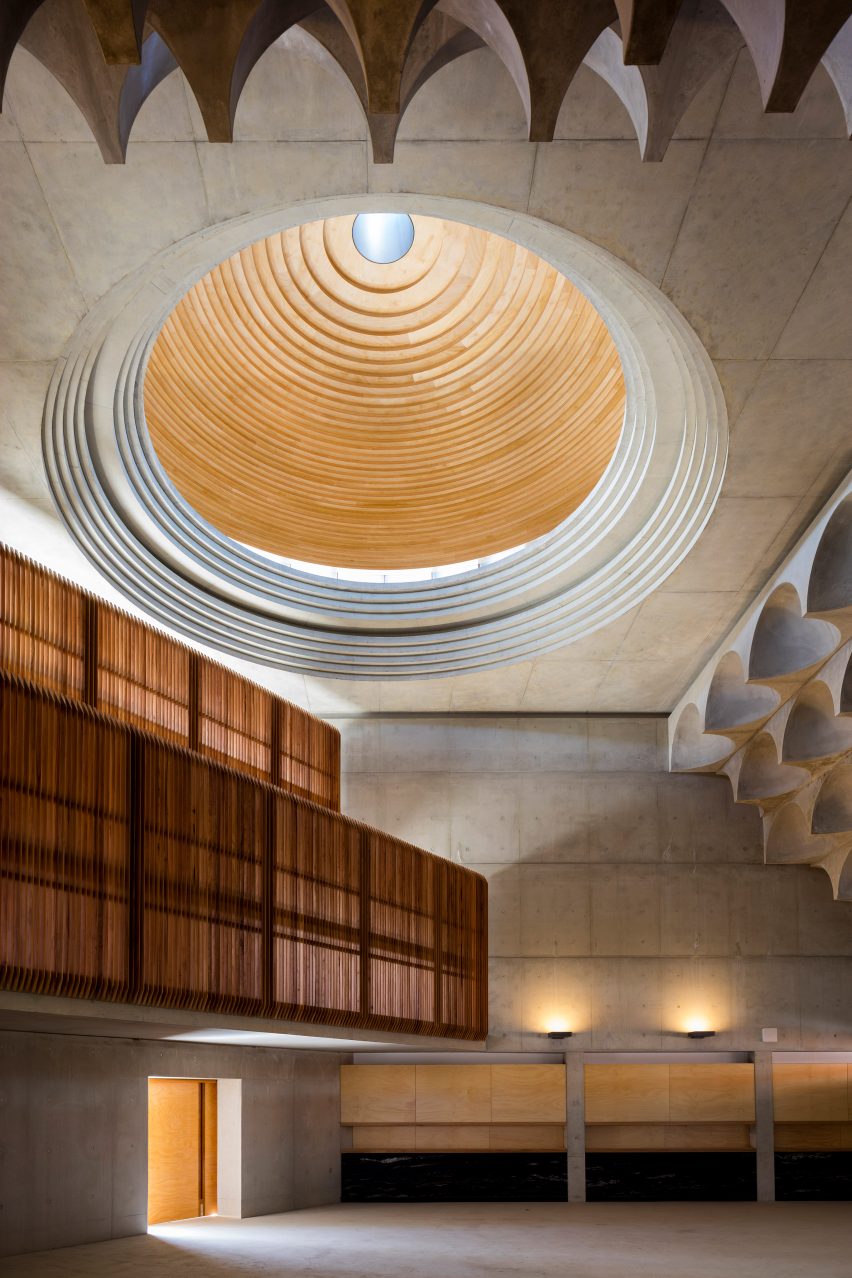
Latour is widely recognised for his work examining how humanity perceives the climate emergency differently around the world.
From a curatorial perspective, one of the main departures from previous Sydney Design Weeks is the division of the programme into six fields of enquiry – Eco Systems, Material Cultures, Communal Cities, Micro Cycles, Connected Threads and Photofields.
Materials science a key focus
Materials science, research and innovation are key focuses of this year's programme.
"As a curator, I wanted to frame the programme in this way and to design a programme that prioritised research-based practice, while embracing plural perspectives from our local communities," said Butler.
"Ultimately, I set out to create a programme with a planetary focus, and with a clear-eyed view of the work ahead of us."
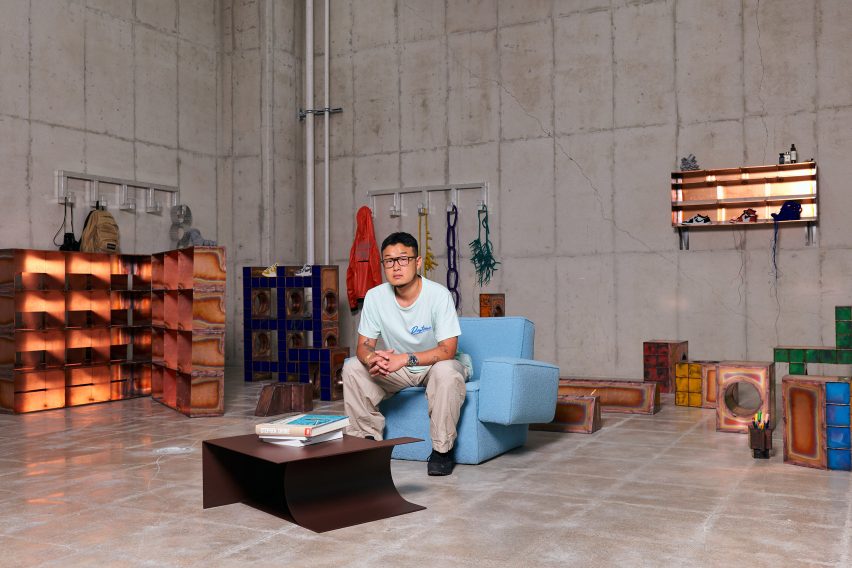
South Korean designer Kwangho Lee is invited to deliver a keynote speech at Powerhouse Ultimo on 16 September to present his fabrication experiments with wood, stone and straw, and share insights into his recent work, such as his knotted nylon-cord furniture, as well as his collection for Swedish brand Hem.
A workshop on making bio-based plastics will be hosted by designers Nahum McLean and Ella Williams.
Meanwhile, Australian fashion designer Gary Bigeni and researcher Doris Li will lead a demonstration of the Shima Seiki Wholegarment seamless knitting machine.
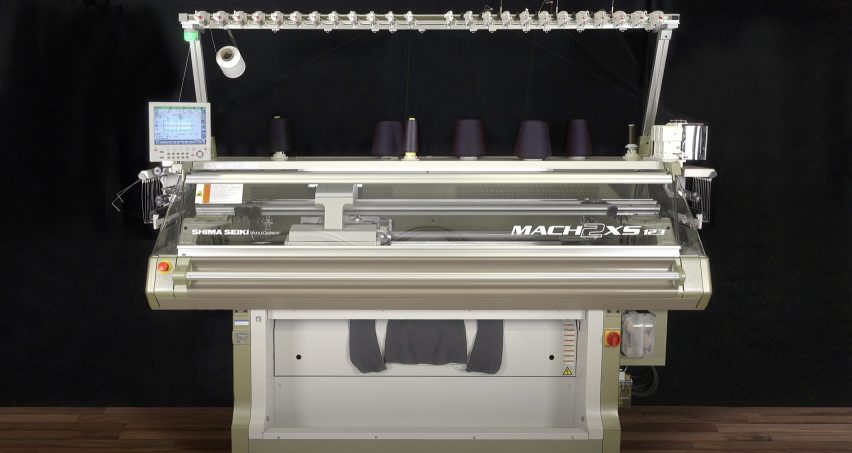
The Japanese-designed machine can create entire garments in one piece, which reduces yarn and material waste and supports made-to-order and bespoke garment production.
"Materials science, research and innovation have been at the forefront of design discourse for a number of years, for good reason – materials have the ability to revolutionise large-scale manufacturing and production," said Butler.
"The design week programme looks at Australia's material resources and extractive practices at a time of climate crisis and investigates the cultural and political histories of materials."
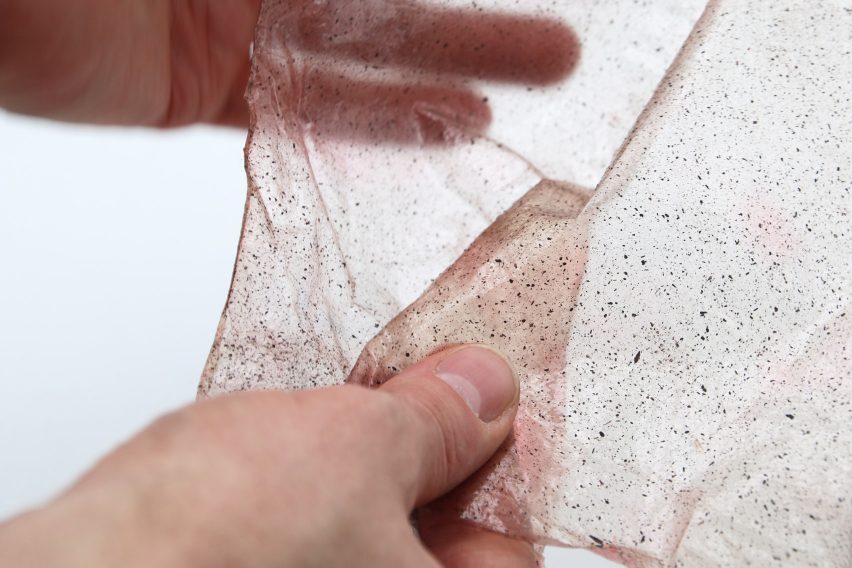
In addition, the programme will examine Australia's colonial past, she said.
"The program also offers a platform to interrogate our colonial histories and museum collections. This year, I wanted to prioritise new perspectives, multiple curatorial and industry voices, as well as expansive practices from our local communities."
In a series of closed and public conversational programmes called Objects Testify, visitors are encouraged to explore the colonial legacies of Australia's built environment and its ongoing impact on the indigenous communities.
Multiple design perspectives
Wiradjuri artist Joel Sherwood Spring will present his work demonstrating how colonisers used "digging" and the extraction of raw materials as a foundation of colonial exploitation.
Meanwhile Clarence Slockee, director of Jiwah, an Indigenous company specialising in cultural landscape and design, will lead a guided tour of Australia's first Indigenous rooftop farm.
The 500 square-metre garden on top of a community building grows Indigenous edible, medicinal and cultural plants, including a variety of bushfoods.
Elsewhere, Punchbowl Mosque architect Angelo Candalepas will host a tour of the building, located in one of Sydney's largest Muslim communities.
It features 102 exposed concrete domes, each with a 30-millimetre opening at the centre to illuminate the main prayer space as the sun moves from dawn prayer through to midday and mid-afternoon prayer.
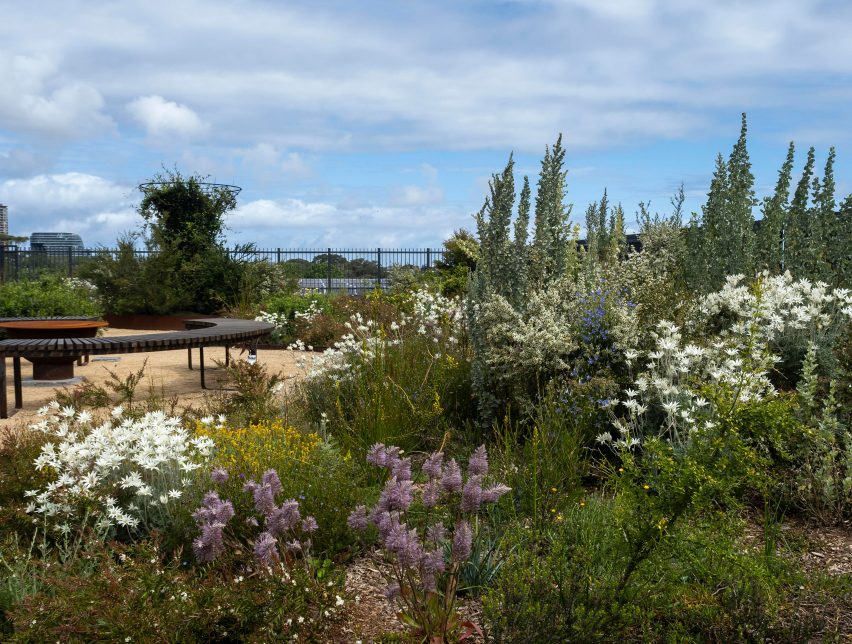
"I like to think that Sydney Design Week evolves alongside the industry, and I feel that this year's programme reflects the cross-disciplinary nature of design practice today," said Butler.
"Fundamentally, designers are tasked with responding to a changing society as well as a changing climate and have a large amount of cultural agency."
Sydney Design Week takes place across the city of Sydney from 15 to 24 September 2023. For more information about events, exhibitions and talks, visit Dezeen Events Guide.
Dezeen In Depth
If you enjoy reading Dezeen's interviews, opinions and features, subscribe to Dezeen In Depth. Sent on the last Friday of each month, this newsletter provides a single place to read about the design and architecture stories behind the headlines.